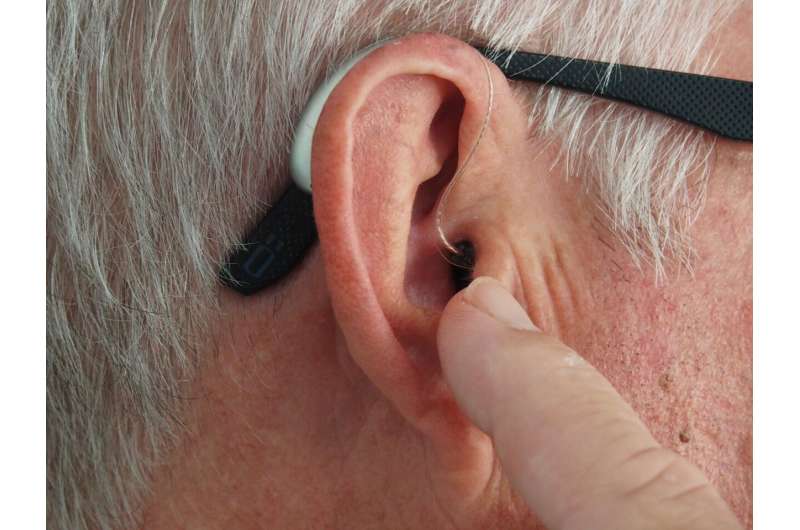New Insights into How Monkeys and Machines Process Visual Images

Yale researchers have uncovered how primate brains transform 2D images into 3D mental models using advanced computational models, advancing understanding in neuroscience and AI.
Researchers at Yale University have unveiled groundbreaking findings about how primate brains interpret and reconstruct visual images, revealing mechanisms that could impact neuroscience and artificial intelligence development. By utilizing a computational model called Body Inference Network (BIN), scientists demonstrated how the brain creates three-dimensional (3D) mental representations from two-dimensional (2D) images. This process, often referred to as "inverse graphics," mimics a computer graphics technique but in reverse, transforming flat images into perceivable 3D structures.
The study focused on the inferotemporal cortex in the primate brain, a region critical for processing visual information related to body shapes and postures. BIN was trained to invert the typical process: from 2D images with labeled 3D data, it efficiently reconstructed 3D models of human and monkey bodies. When the model's processing stages were compared to neural activity in macaques viewing body images, there was a remarkable similarity, suggesting that the brain employs a similar multi-area approach for visual interpretation.
According to senior author Ilker Yildirim, this work provides strong evidence that vision's primary goal is to develop an understanding of 3D objects within our environment. It underscores that the brain manipulates visual information using complex and efficient algorithms, which are challenging to replicate in machine vision systems. These insights could help improve the design of artificial intelligence, enhance understanding of visual disorders, and inform new medical interventions.
This discovery opens new avenues in understanding how visual perception operates at a computational level, bridging the gap between biological and machine vision while highlighting the sophisticated processing capabilities of the primate brain.
Published in the Proceedings of the National Academy of Sciences, this research was led by Yale scientists and included collaborative efforts with teams from Princeton University and KU Leuven. The findings emphasize that the brain constructs internal 3D models from simple 2D images through a complex, multi-step process, revealing important aspects of visual cognition and computational neuroscience.
Stay Updated with Mia's Feed
Get the latest health & wellness insights delivered straight to your inbox.
Related Articles
Mosquito-Borne Chikungunya Outbreak Spreads in Southern China
Southern China faces a rising outbreak of chikungunya, a mosquito-borne virus causing fever and joint pain. Authorities urge preventive measures to contain the spread.
Global Disparities in Hearing Loss and Hearing Aid Usage Highlight Cultural and Structural Challenges
A comprehensive study reveals that countries with high levels of hearing loss often have low hearing aid adoption, highlighting global disparities influenced by socioeconomic and cultural factors. Addressing these barriers is crucial for improving hearing healthcare worldwide.
Childhood Exposure to Air Pollution May Impact Adolescent Health
New research reveals that childhood exposure to air pollution is linked to poorer health outcomes in late adolescence, highlighting environmental health disparities and the importance of pollution reduction policies.
'Barcodes' Written into DNA Uncover How Blood Ages
New research uncovers how DNA methylation barcodes reveal blood cell aging, showing reduced stem cell diversity and clonal expansion linked to age-related inflammation and disease risks.



